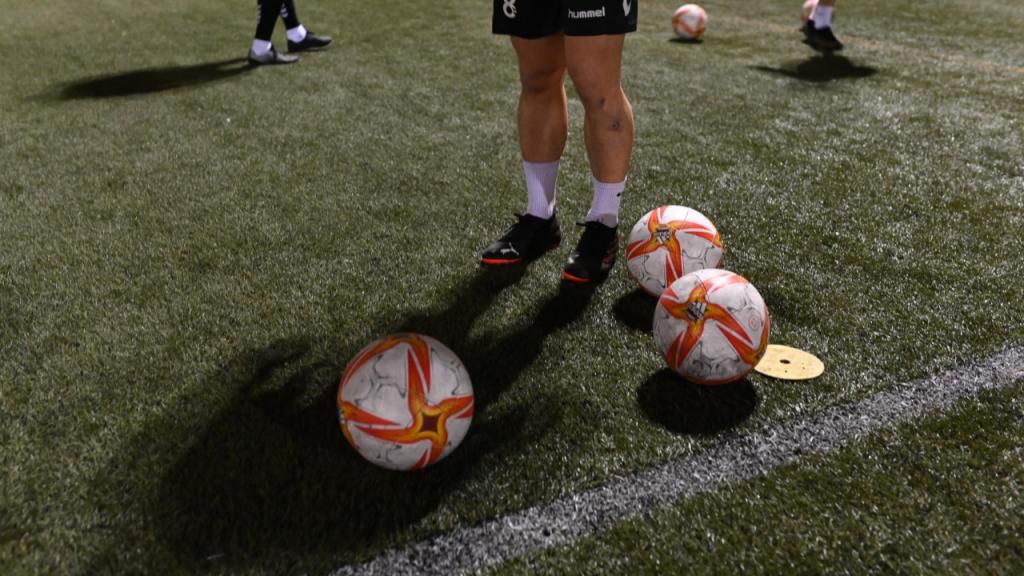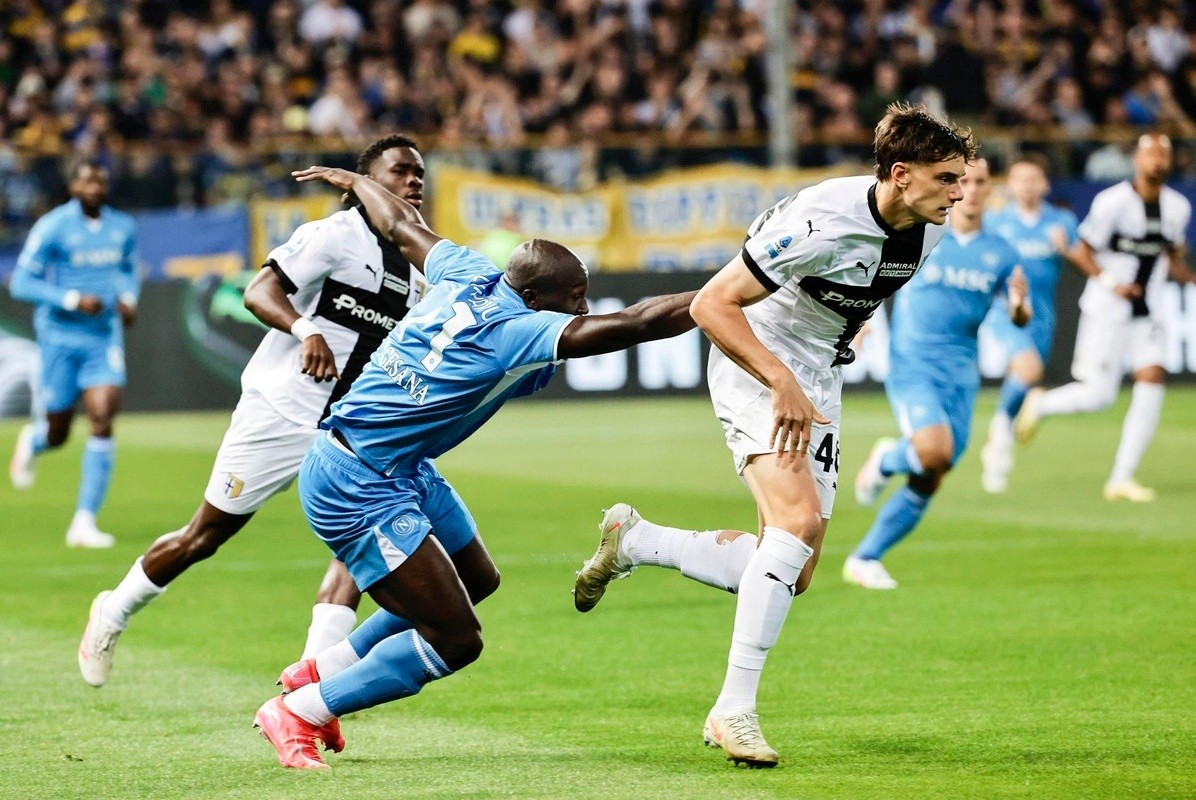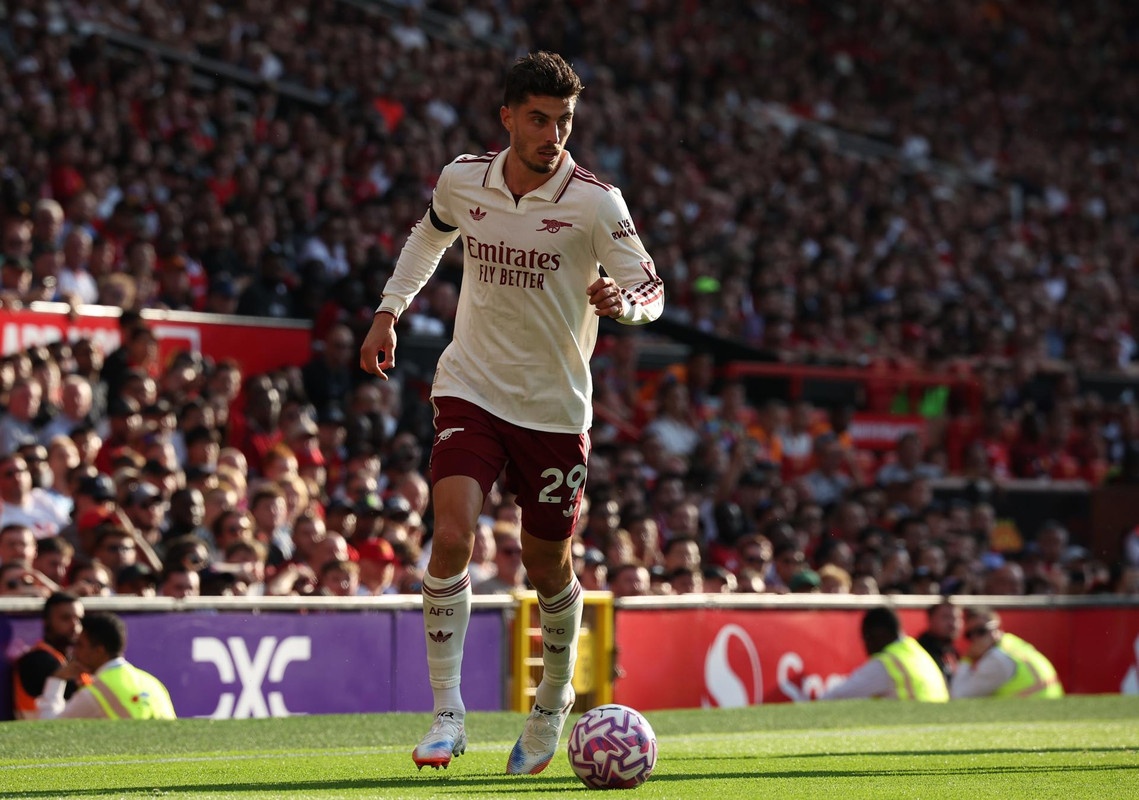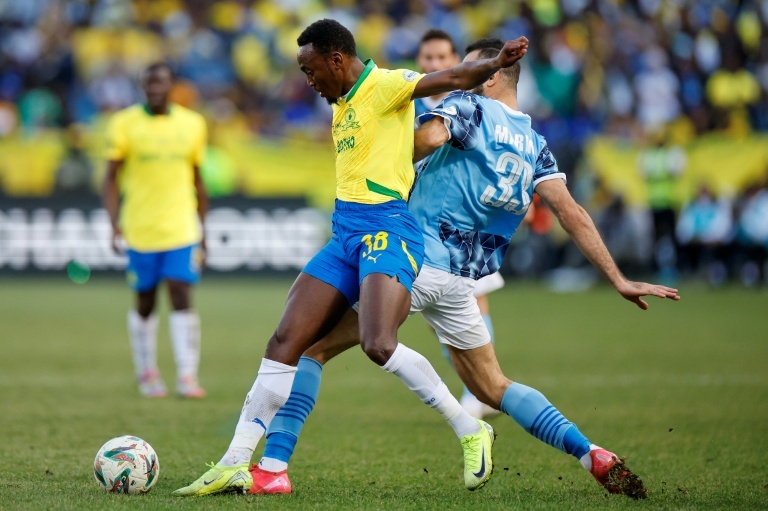Game-changing tech in soccer: The future of playing and spectating

Soccer, or football as it's known outside North America, is a sport that combines deep historical roots with an ever-evolving approach to technology and innovation.
1 year ago
As the world's most popular sport, it's continually undergoing transformations that enhance both the way it's played and how fans engage with the game. This article explores the cutting-edge technologies that are shaping the future of soccer, promising to revolutionize the player experience and transform spectatorship into an even more immersive affair.
In the realm of professional soccer, data analytics has taken center stage. Teams and coaches now rely heavily on advanced metrics to gauge player performance, fitness levels, and tactical alignment. Systems like GPS trackers worn by players and optical tracking cameras provide real-time data on player movements, speed, and overall slot game dynamics. This wealth of data not only helps in crafting personalized training programs but also improves decision-making during matches. For instance, analytics can reveal a player's risk of injury or suggest optimal substitution times, ensuring that team performance is always at its peak.
Tools such as heart rate monitors and accelerometers are integrated into players' gear to monitor their physical condition continuously. This information helps medical teams identify potential health risks before they become serious issues. Furthermore, fatigue levels can be monitored, allowing coaching staff to make informed decisions about when a player might need a break, thereby optimizing team efficiency and effectiveness on the field.
Virtual and augmented reality technologies are not just for video gamers. In soccer, these technologies are being used for both training and enhancing fan experiences. VR allows players to simulate game situations repeatedly, from penalty kicks to defensive positioning, without the physical strain of a full practice session. This kind of training is invaluable for strategic learning and mental preparation.
On the spectator side, AR can overlay real-time stats and data onto a viewer’s screen or through special AR-enabled glasses. Imagine watching a live match and seeing graphical insights appearing around players, showing stats like speed, pass accuracy, or stamina levels. This not only makes watching the game more engaging but also helps fans understand the nuances of the game better.
Artificial Intelligence (AI) in soccer is rapidly advancing, with algorithms now capable of analyzing vast amounts of game footage to identify patterns and suggest optimal strategies. AI can provide recommendations for player formations based on the strengths and weaknesses of opponents, which is invaluable during high-stakes matches. Moreover, AI integration helps in scouting by predicting potential player performance outcomes based on historical data, thereby aiding in the recruitment process.
Technological advancements have also touched the realm of game officiating. The Video Assistant Referee (VAR) system has already made a significant impact by helping referees make more accurate decisions regarding goals, penalties, and other critical game moments. Future enhancements may include AI-powered systems to make real-time decisions, reducing human error and increasing the fairness of the situs judi game.
Wearable technology in soccer extends beyond fitness trackers. Today, smart fabrics and e-textiles are being developed that not only track health metrics but also provide insights into player biomechanics. Such technology can detect the minutiae of player movements, offering feedback that can be used to refine techniques or prevent injury.
Continued innovation in wearable tech also prioritizes player safety. Concussion sensors embedded in headgear are one such development, providing immediate data when a player suffers a significant impact. This technology is crucial in managing and mitigating head injuries, which are a serious concern in contact sports like soccer.
Stadium technology is evolving to enhance the spectator experience. From high-definition mega screens that offer replays and entertainment to apps that allow fans to order food directly to their seats, the goal is to make the stadium experience as enjoyable and convenient as possible. Advanced connectivity solutions like 5G are also being implemented in stadiums to ensure that fans can share their experiences in real-time without lags or connectivity issues.
The future of soccer spectating includes greater interactivity. Apps and platforms allow fans to engage with the game by predicting play outcomes, participating in virtual cheers, or even controlling camera angles. This level of engagement ensures that fans are more than just spectators; they are active participants in the soccer experience.
The integration of technology in soccer is not just enhancing the way the game is played and experienced; it's transforming it. These innovations foster a deeper understanding of the sport, improve player performance and safety, and enhance fan engagement both in-stadium and remotely. As technology continues to evolve, the future of soccer looks not only more exciting but also more inclusive, allowing fans from around the world to connect with the game and with each other like never before.
In the realm of professional soccer, data analytics has taken center stage. Teams and coaches now rely heavily on advanced metrics to gauge player performance, fitness levels, and tactical alignment. Systems like GPS trackers worn by players and optical tracking cameras provide real-time data on player movements, speed, and overall slot game dynamics. This wealth of data not only helps in crafting personalized training programs but also improves decision-making during matches. For instance, analytics can reveal a player's risk of injury or suggest optimal substitution times, ensuring that team performance is always at its peak.
Tools such as heart rate monitors and accelerometers are integrated into players' gear to monitor their physical condition continuously. This information helps medical teams identify potential health risks before they become serious issues. Furthermore, fatigue levels can be monitored, allowing coaching staff to make informed decisions about when a player might need a break, thereby optimizing team efficiency and effectiveness on the field.
Virtual and augmented reality technologies are not just for video gamers. In soccer, these technologies are being used for both training and enhancing fan experiences. VR allows players to simulate game situations repeatedly, from penalty kicks to defensive positioning, without the physical strain of a full practice session. This kind of training is invaluable for strategic learning and mental preparation.
On the spectator side, AR can overlay real-time stats and data onto a viewer’s screen or through special AR-enabled glasses. Imagine watching a live match and seeing graphical insights appearing around players, showing stats like speed, pass accuracy, or stamina levels. This not only makes watching the game more engaging but also helps fans understand the nuances of the game better.
Artificial Intelligence (AI) in soccer is rapidly advancing, with algorithms now capable of analyzing vast amounts of game footage to identify patterns and suggest optimal strategies. AI can provide recommendations for player formations based on the strengths and weaknesses of opponents, which is invaluable during high-stakes matches. Moreover, AI integration helps in scouting by predicting potential player performance outcomes based on historical data, thereby aiding in the recruitment process.
Technological advancements have also touched the realm of game officiating. The Video Assistant Referee (VAR) system has already made a significant impact by helping referees make more accurate decisions regarding goals, penalties, and other critical game moments. Future enhancements may include AI-powered systems to make real-time decisions, reducing human error and increasing the fairness of the situs judi game.
Wearable technology in soccer extends beyond fitness trackers. Today, smart fabrics and e-textiles are being developed that not only track health metrics but also provide insights into player biomechanics. Such technology can detect the minutiae of player movements, offering feedback that can be used to refine techniques or prevent injury.
Continued innovation in wearable tech also prioritizes player safety. Concussion sensors embedded in headgear are one such development, providing immediate data when a player suffers a significant impact. This technology is crucial in managing and mitigating head injuries, which are a serious concern in contact sports like soccer.
Stadium technology is evolving to enhance the spectator experience. From high-definition mega screens that offer replays and entertainment to apps that allow fans to order food directly to their seats, the goal is to make the stadium experience as enjoyable and convenient as possible. Advanced connectivity solutions like 5G are also being implemented in stadiums to ensure that fans can share their experiences in real-time without lags or connectivity issues.
The future of soccer spectating includes greater interactivity. Apps and platforms allow fans to engage with the game by predicting play outcomes, participating in virtual cheers, or even controlling camera angles. This level of engagement ensures that fans are more than just spectators; they are active participants in the soccer experience.
The integration of technology in soccer is not just enhancing the way the game is played and experienced; it's transforming it. These innovations foster a deeper understanding of the sport, improve player performance and safety, and enhance fan engagement both in-stadium and remotely. As technology continues to evolve, the future of soccer looks not only more exciting but also more inclusive, allowing fans from around the world to connect with the game and with each other like never before.







Comments